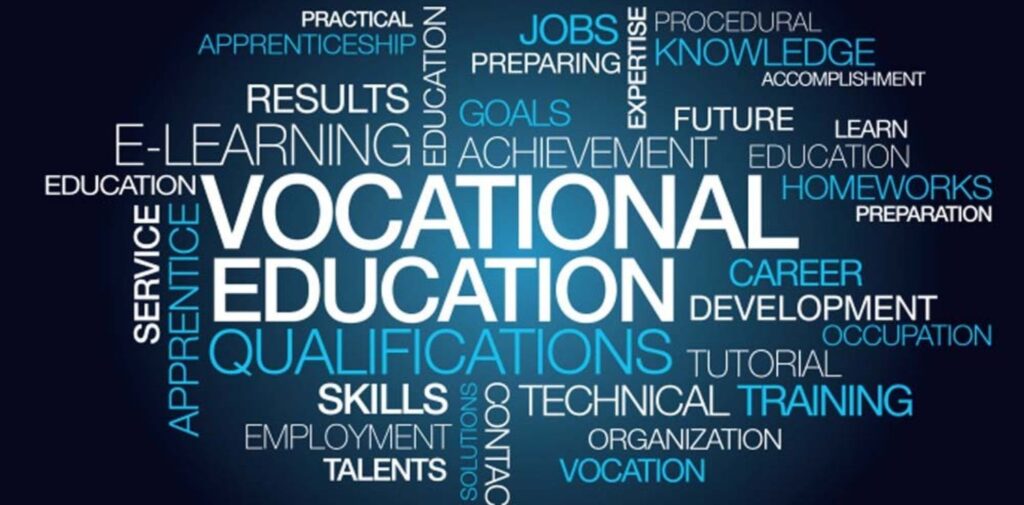The Indian education system has undergone significant transformations over the past two decades. In the year 2000, the Indian education system was mainly structured around traditional learning models, with a strong emphasis on rote learning, theoretical knowledge, and exams. However, as the global economy evolved and technology rapidly advanced, it became clear that the education system needed to adapt in order to prepare students for the changing job market. In this article, we will look at how the focus of the Indian education system has shifted towards skill development after the year 2000 and how this shift has impacted students and the nation as a whole.
1. The Need for Change
Before the turn of the century, India’s education system primarily revolved around theoretical learning. Students would memorize vast amounts of information and reproduce them in exams. However, by the early 2000s, it was becoming clear that this method did not equip students with the practical skills necessary for employment. India’s youth were graduating with impressive degrees but lacked the skills needed in the workforce, resulting in high unemployment rates despite a booming economy.
The global market was shifting towards knowledge-based and skills-based economies. Countries around the world were increasingly focusing on innovation, technology, and critical thinking. As a result, India realized the need to make education more practical and industry-oriented to compete in this fast-evolving world.

2. The Emergence of Vocational Education
One of the first significant changes in India’s education system after 2000 was the introduction of vocational education. Vocational courses were designed to give students specific, marketable skills that would make them employable immediately after graduation. These courses focused on practical training in fields like carpentry, plumbing, electrical work, hospitality, and beauty therapy, among others.
The government of India, through various schemes and initiatives like the National Skill Development Mission (NSDM), promoted the importance of skill-based education. Under the NSDM, various government institutions were set up to train people in specialized skills, providing them with certifications that increased their chances of getting employed. By focusing on vocational training, the education system began to align more with real-world job requirements, helping bridge the gap between education and employment.
3. Growth of Technical and Engineering Education
As India grew into a global hub for information technology (IT) and software development, there was a greater emphasis on technical and engineering education. In the early 2000s, the Indian government increased its focus on developing institutions that provided technical courses like engineering, computer science, and biotechnology. The Indian Institutes of Technology (IITs) and National Institutes of Technology (NITs) became even more prominent during this period.
With the boom in the IT and tech sectors, educational institutions recognized the need to teach students relevant, industry-specific skills. Universities began offering specialized courses in emerging fields like data science, artificial intelligence, machine learning, and blockchain technology. Students started focusing on acquiring skills related to technology, programming, and digital tools, which significantly improved their employability in a globalized economy.

4. The Rise of Online Education and E-Learning Platforms
The rapid advancement of the internet and technology also gave rise to online education platforms after 2000. Online education became an important part of the Indian education system, making skill development accessible to students all over the country, including those in remote areas. Platforms like Coursera, Udemy, edX, and others offered a variety of courses in multiple disciplines, including business management, data science, digital marketing, and graphic design.
This shift towards online learning meant that students no longer had to depend entirely on traditional brick-and-mortar institutions for acquiring new skills. Students could now learn at their own pace, choosing courses that aligned with their career goals. This opened up new opportunities for individuals who previously had limited access to quality education.
In addition to this, Indian universities and colleges began adopting blended learning models, where traditional teaching methods were combined with online resources, creating a more flexible and interactive learning environment.
5. Skill Development in the School Curriculum
The introduction of skill-based subjects and a focus on vocational training were not limited to higher education. Over time, the Indian school system started recognizing the importance of developing skills from an early age. The National Curriculum Framework (NCF) encouraged schools to include life skills, vocational training, and career guidance as part of the curriculum.
Subjects like information technology, design, and entrepreneurship were introduced in schools, allowing students to develop practical skills while pursuing their regular academic education. The emphasis shifted from just passing exams to acquiring real-world skills that could be used in future careers. Moreover, many schools introduced extracurricular programs that encouraged students to explore fields like arts, sports, and coding, helping them develop a diverse set of skills.
The government also launched initiatives such as the Skill Development and Entrepreneurship Ministry, which focused on training youth in various sectors. This helped increase the overall awareness and importance of skill development in India’s education landscape.

6. Private Sector’s Role in Skill Development
Alongside government efforts, private institutions and organizations also began recognizing the growing demand for skill-based education. Many private companies, such as TCS, Infosys, and Wipro, started their own training programs to develop a workforce that was not only academically qualified but also equipped with the skills needed for specific industries.
Private education providers also entered the skill development space by offering short-term certification programs in areas like web development, digital marketing, and project management. These programs helped bridge the gap between what students learned in traditional classrooms and what was expected of them in their professional roles.
Moreover, the increasing number of startups in India also played a role in shaping the skills required for modern-day jobs. Startups needed creative, adaptable, and tech-savvy employees, prompting educational institutions to align their curriculum with the demands of a rapidly changing job market.
Conclusion: Indian Education System
The evolution of the Indian education system since 2000 has been profound, with a major focus on skill development to meet the needs of a dynamic global economy. From introducing vocational education and technical courses to embracing online learning and curriculum reforms, India has made significant strides in making its education system more practical and industry-focused.
However, challenges remain, such as the need to provide equal access to skill-based education across rural and urban areas, and the need for continued improvement in the quality of training. Nevertheless, the increased focus on skill development has been a game-changer, equipping India’s youth with the tools they need to succeed in an increasingly competitive world.
As India moves forward, the education system will continue to evolve, with an even greater emphasis on practical, employable skills that prepare students not just for jobs, but for careers that will shape the future of the nation.




